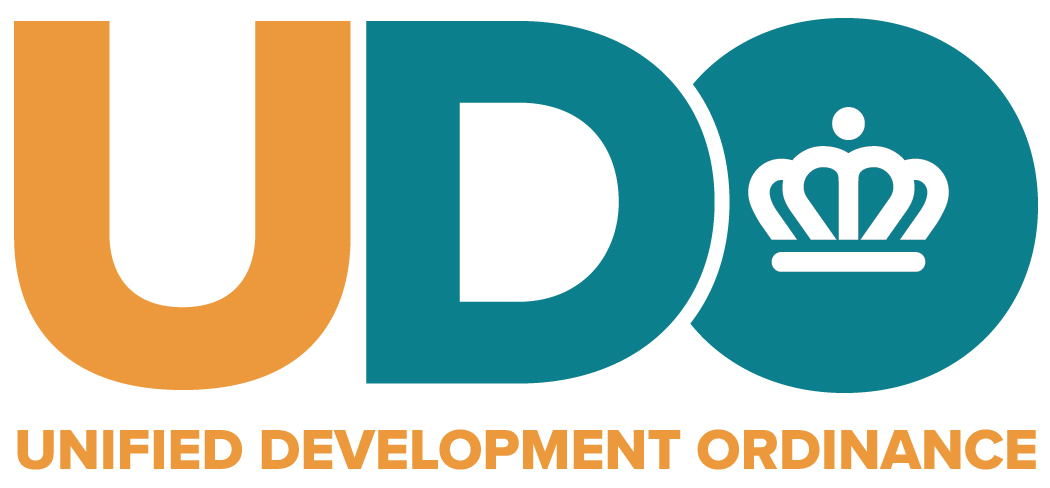Charlotte Unified Development Ordinance
Regulations To Guide Charlotte's Future Development

In the event of differing language or numbering between the PDF and the web version of this text, the PDF version will control.
The text on this site and PDFs within each article page are reflective of the latest text amendments adopted by Charlotte City Council on Monday, June 16.
No items found.
No items found.
No items found.
No items found.
No items found.
No items found.
